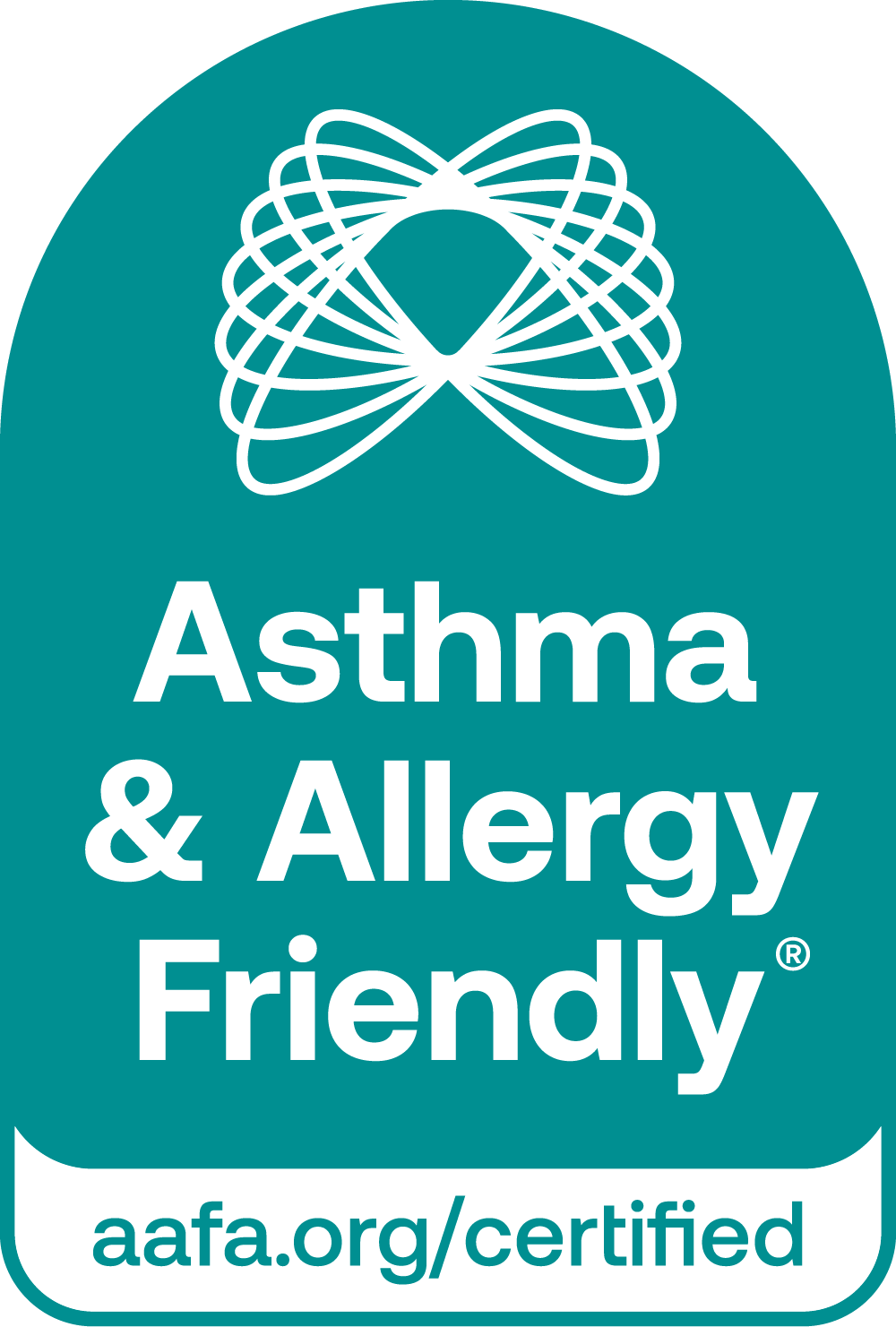This is a five-part blog series about the asthma & allergy friendly® Certification Program’s impact.
![]()
I think it’s important to really understand “the why” of an initiative—like the asthma & allergy friendly® Certification Program—before the scope of its impact can be brought into perspective. So why did the Asthma and Allergy Foundation of America (AAFA) and Allergy Standards Limited (ASL) start this certification program?
You may already know this, but allergies are defined as an overreaction of your immune system to a foreign protein substance—more commonly known as an allergen—that you eat, breathe, inject, or touch. Asthma is an inflammation of your air passages that results in the temporary narrowing of the airways that transport air from your nose and mouth to your lungs. Asthma symptoms can be caused by allergens or irritants that you inhale into your lungs.
These diseases affect 1 out of 5 Americans. That’s over 50% of U.S. households.
There is no cure for asthma or allergies, but these chronic diseases can be managed with proper prevention and treatment. According to the National Institutes of Health (NIH), reducing your exposure to asthma and allergy triggers in your home—such as dust mites, pet dander, cockroaches, smoke, and other allergens and irritants—is a vital component of asthma and allergies management. This idea of “environmental control” outlined in NIH’s clinical guidelines specifically addresses the use of mattress covers, vacuum cleaners, air filtration systems, and other tools in improving your home’s environment.
As a result, AAFA and ASL created this program to service those 60 million Americans, like you, suffering from asthma and allergies, and to:
- Help you find truthful product claims about asthma and allergies when you’re buying products;
- Raise standards to make products more suitable for you and your loved ones;
- Encourage manufacturers to innovate in the asthma and allergy market; and
- Educate you and your family, as well as manufacturers, about asthma and allergy issues.
Is your household among the 50% affected by asthma or allergies? Share your story in the comments below.
